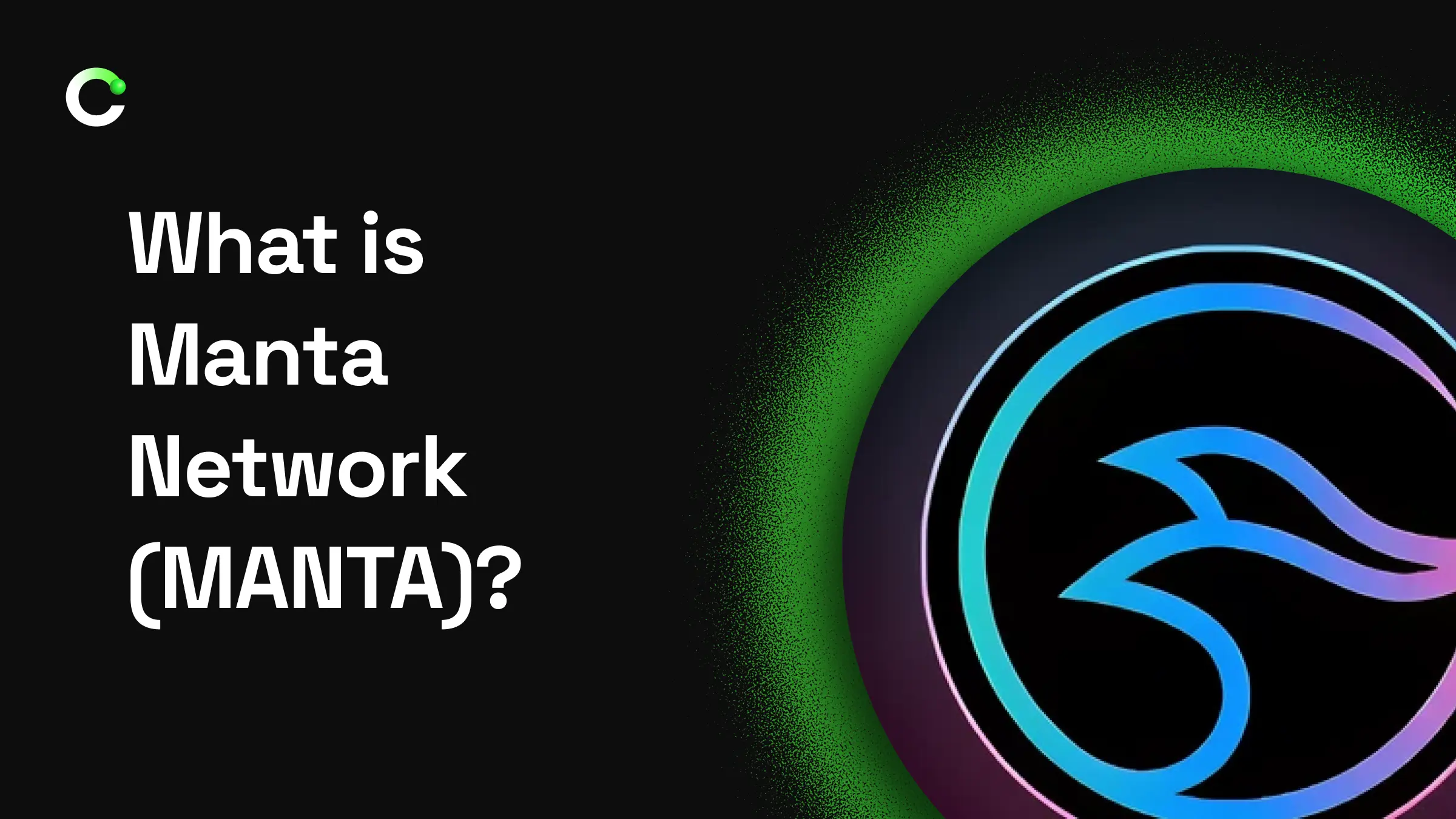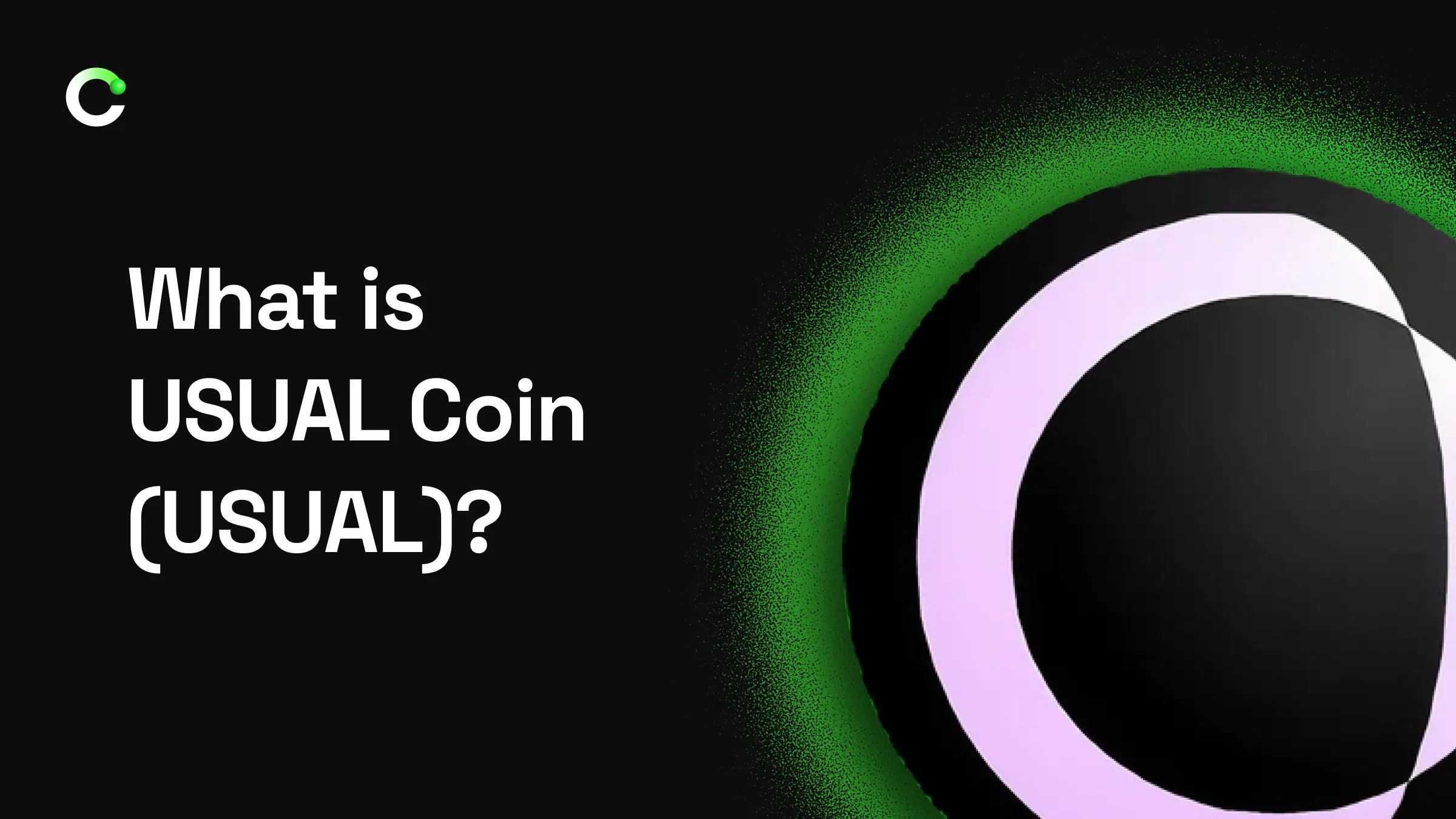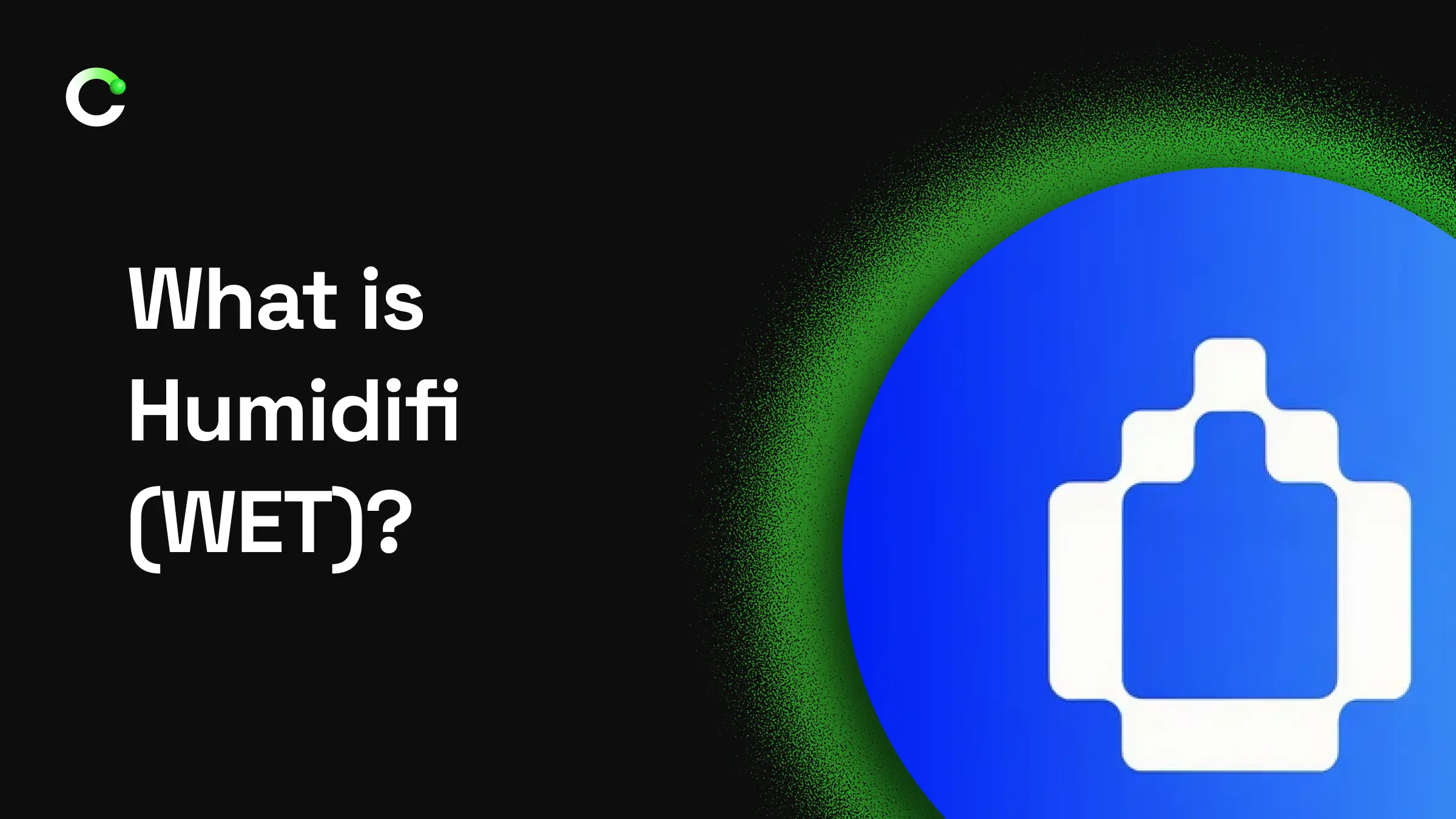What is Solana (SOL)?

Cryptocurrency

Solana (SOL), one of the frequently mentioned projects in the
cryptocurrency markets, has recently become an ecosystem that attracts the attention of both investors and developers. With its fast transactions, low costs, and growing user base, Solana is even referred to as an “
Ethereum killer.” In this article, we will cover all the details about the Solana coin: how it works, who its founders are, Solana reviews, how much 1 Solana is in TL or USD, what kind of projects it hosts, which coins exist on the network, and more. If you're ready, let's begin.
How Does Solana Work?
Solana is an open-source, high-speed blockchain network designed to develop decentralized applications (dApps). While most traditional blockchains use
Proof of Work (PoW) or
Proof of Stake (PoS) to order transactions, Solana operates with an innovative mechanism called Proof of History (PoH). PoH is a system in which time is processed cryptographically verifiable across the network. This allows transactions to be executed sequentially and much faster. Additionally, the network uses a consensus algorithm called Tower BFT (Byzantine Fault Tolerance) to ensure security.
What Is the Solana Cluster?
A Solana cluster is a group of computers that communicate with each other and work together to perform specific tasks. This cluster processes transactions, validates the blockchain's history, and ensures decentralization. Thanks to Solana’s infrastructure, thousands of transactions can be processed per second, making it much faster than many other networks.
Who Are the Founders of Solana?
Behind Solana is Anatoly Yakovenko, who gained experience at tech giants like Qualcomm and Dropbox. He founded Solana Labs in 2017 with the goal of revolutionizing
blockchain space. Later, software engineers such as Greg Fitzgerald and Stephen Akridge joined the team. This technical team made it possible for Solana to offer a high-performance infrastructure.
What Makes Solana Special?
Several key factors make Solana stand out:
-
Transaction Speed: Solana can theoretically process up to 65,000 transactions per second.
-
Low Transaction Fees: The average transaction cost is as low as $0.00025.
-
Developer-Friendly Infrastructure: By supporting applications written in Rust and C programming languages, it provides an attractive environment for developers.
-
Solana Ecosystem: NFT, DeFi, and GameFi projects are actively running on Solana.
How Many Solana Coins Are in Circulation?
The supply of Solana coins changes over time. At the time of writing, approximately 440 million SOL are in circulation. However, this number may vary depending on the amount of coins staked, burned, or newly minted. This information is critical for investors to understand the supply-demand balance.
How to Buy Solana (SOL)?
Here are the steps to follow to buy Solana:
-
Choose a Cryptocurrency Exchange: Select a reliable exchange. CoinTR supports Solana trading.
-
Create an Account: Open CoinTR account and complete the identity verification process.
-
Deposit TL or USD: Deposit Turkish Lira (TL) into your account.
-
Buy Solana: You can trade Solana at its current TL price through the “ Easy Buy/Sell” section.
Solana price may fluctuate depending on market conditions. If you're looking for an answer to the question “How much is 1 SOL in TL?”, it's important to follow Solana chart analyses regularly.
How to Store Solana (SOL)?
There are several options for storing Solana:
-
Cryptocurrency Exchanges: Can be used both for buying/selling and storing Solana (SOL).
-
Cold Wallets: Hardware wallets like Ledger and Trezor are among the most secure ways to store cryptocurrencies.
-
Hot Wallets: Digital wallets such as MetaMask and Trust Wallet help store your crypto assets on independent platforms rather than centralized exchanges.
How Is the Solana Network Secured?
Solana offers multi-layered protection to ensure security. While transactions are ordered via Proof of History, the overall consensus of the network is achieved using Tower BFT. In addition, there are validator nodes on the network. These nodes are servers that validate transactions and keep the network running. Staked SOL tokens also provide economic deterrence against malicious activity on the network.
Solana Wallet
There are various wallet alternatives for securely storing your Solana coins:
-
Phantom Wallet: The most popular browser extension.
-
Solflare: A comprehensive wallet with both mobile and web support.
-
Ledger Nano X: The most secure solution as a hardware wallet. With these wallets, you can also manage your NFTs and perform staking operations.
You can click on our article to learn more about
cryptocurrency wallets
in detail.
Coins on the Solana Network
Solana is not limited to its own token, SOL. Many tokens and projects exist within its ecosystem. Particularly,
meme coins on the Solana network gained significant attention in 2024. Examples include Dogwifhat (WIF), Bonk (BONK), and Samoyedcoin (SAMO). There are hundreds of tokens on the Solana network in total, and new projects are added every day. NFT projects and GameFi ventures operate closely with these coins.
Solana Coin Comment
There are various opinions about Solana in the market. Due to its transaction speed and low fees, many analysts consider Solana a serious long-term competitor to
Ethereum. However, occasional network outages cause some investors to remain cautious. Some commonly mentioned points in “Solana comment” include:
-
Its high performance during the 2021 bull run was notable.
-
It was significantly affected by the FTX crisis in 2022 but has shown signs of recovery.
-
It has become the second most preferred chain for NFT projects after Ethereum.
-
Recently, rising interest in Solana coin, especially due to meme coins, has created a more positive sentiment.
The Future of Solana Coin
So, what does the future of Solana coin look like? Several factors currently influence this question:
-
Institutional Interest: Companies like Visa and Shopify are developing integrated applications with Solana.
-
NFT and GameFi Expansion: Marketplaces like Magic Eden have led to growth in Solana’s NFT volume.
-
Meme Coin Effect: The user shift toward entertainment-focused coins has increased Solana’s network traffic.
As of 2025, experts suggest that Solana may be in a strong position in terms of price performance, but the sustainability of its “Ethereum killer” label remains debatable. Nevertheless, technical analysis of Solana charts indicates an ongoing upward trend, supporting investor confidence.
Final Words
Solana is one of the most ambitious players in the crypto world with its technical infrastructure, low transaction costs, strong developer community, and expanding range of projects. The answer to the question “What is Solana coin?” is not merely a technical explanation; it also includes a vision of the opportunities, challenges, and potential future it offers. This project offers an attractive environment for both investors and developers and continues to assert its role at the center of the Web3 world. As seen in “Solana commentary” and “Solana coin reviews,” users now increasingly recognize that this technology is not just about speculation but backed by real use cases. If you’re considering making your next big move with Solana, now is the time to start closely following this ecosystem!
Legal Notice
The information, comments, and evaluations contained in this content do not constitute investment advice. This content is not intended to be prescriptive in any way and is intended to provide general information. It does not constitute investment advice. CoinTR cannot be held responsible for any transactions made based on this information or any losses that may arise.
Recommended
- CryptocurrencyWhat Is Manta Network (MANTA)? Zero-knowledge technologies are among the approaches that aim to solve fundamental problems such as privacy and scalability in the Web3 ecosystem. One of the projects developed in this field, Manta Network, stands out with its modular blockchain architecture and Ethereum-compatible structure. In the rest of this article, you can find information about the key features of Manta Network, what the MANTA coin is used for, and the project's place within the ecosystem. What is MANTA Coin? MANTA coin
2026-01-06
- CryptocurrencyWhat Is USUAL Coin (USUAL)? Usual (USUAL) positions itself as a protocol focused on asset-backed stablecoin models within the decentralized finance (DeFi) ecosystem. Unlike traditional stablecoin approaches, Usual introduces the digital asset USD0 to the ecosystem, which is pegged to the US dollar and aims to be backed by real-world assets (RWA) represented on blockchain. Aiming to continue its increased visibility in the stablecoin ecosystem in 2025 with a more sustainable structure as of 2026, the protocol conducts its
2026-01-06
- CryptocurrencyWhat Is Humidifi (WET)? Humidifi (WET) is a decentralized finance protocol developed on the Solana blockchain that aims to make liquidity more efficient in the DeFi ecosystem. The platform allows users to evaluate their digital assets through liquidity pools, while aiming to enable seamless transactions through its automated market maker (AMM) model. Liquidity providers receive a share of transaction fees in return for their contributions to the pools, while the WET token serves as one of the key elements of the incen
2026-01-06


